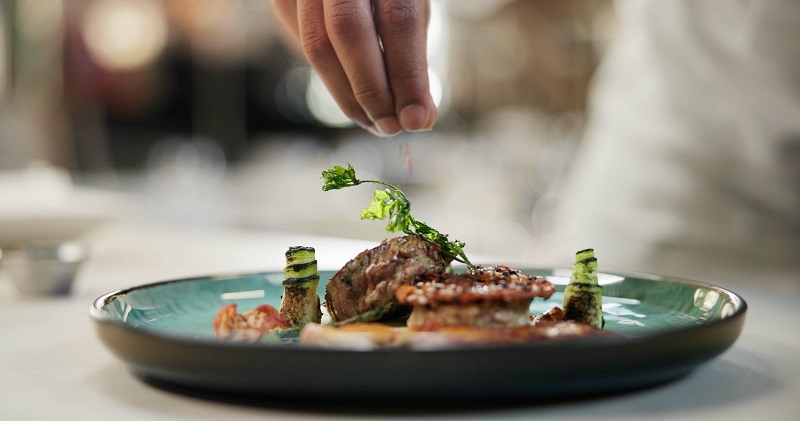
Deep-fried foods are always one of the biggest highlights in restaurants. From fried chicken that has a crispy and crunchy texture to golden-colored french fries with a crunchy crunch, there is something about that perfect fried dish that makes it irresistible. The reason why Restaurant-quality frying has become so popular is because of crispy textures, mouthwatering crunch, and well-seasoned flavors. But what if you could make restaurant-quality deep-fried dishes at home? That golden perfection does not need professional equipment or a lot of expertise; only a few simple secret techniques and a little know-how are needed.
Here's how to fry like a pro and achieve that restaurant-style and crispy textures at home:
One important step to frying like a pro is the oil. The right oil can make big differences in the flavor and the crispiness of a product that is being fried. A good oil must have a high smoke point, meaning it should be able to tolerate extreme temperatures before it burns.
Some of the popular oils used for Restaurant-quality frying are:
Unless you need a specific flavored oil, like peanut oil, choose oil that is neutral in flavor. Also, use enough oil to cover the food as you fry them. This aids in cooking the food evenly.
It boils down to bringing the oil up to the right temperature for deep-fried food. If it is too hot, the outside will be burnt while the inside remains raw. It is too cold, and the food will absorb more oil than needed.
For most deep-frying, you would want the oil to be between 350°F and 375°F (175°C to 190°C). If you don't have a deep-frying thermometer you can test the temperature by dropping a small piece of bread into the oil. When it browns in about 60 seconds, it means that the oil is ready, otherwise, adjust the heat.
The batter and breading can really make the food crispy. Some restaurants may add both batter and breading together for the ideal crunch.
You may play around with different textures and coatings depending upon what you're frying. As an example, the Japanese have an especially light-textured breading called panko breadcrumbs. In order to be even more deluxe, you might mix in cornmeal into your breading mix to give a luxuriously crunchier finish.

While the crunch is important, flavor is just as essential. Seasoning your food before, during, and after frying will take it to the next level. A little salt immediately after frying can go a long way to bring out the natural flavors of the food.
You may also add some flavor oils if you want that extra crunch and flavor. Garlic, rosemary, or chili-infused oils can be really appealing to give that extra flavor and taste to fried foods.
The manner through which you fry the food can make such a huge difference in the dish. Here are some restaurant-worthy frying techniques for elevating the dishes:
The last step once your food reaches the golden-brown color, crispy is that it should drain out the excessive oil. To drain the extra oil, the fried food should be put on a plate lined up with paper towel or a wire rack. Thus, the extra moisture prevents the sogginess, making the crust hard.
With practice, you may soon be able to fry restaurant-quality deep-fried foods at home. Every batch that you make will improve your technique. Do not be afraid to experiment with various coatings, seasonings, and frying temperatures to get the perfect results. Because each fryer, oil, and food item is unique, trial and error is the best way to learn.
To make sure you’re on the right track, here are some common mistakes to avoid:
Restaurant-quality fried food at home is no longer out of your reach; it is in front of you if you master the techniques and quality ingredients that give crusty-fried flavor to your favorite restaurant dishes. Just keep in mind using the right oil, maintaining the right temperature, and seasoning it right at every stage. With some practice, you will be frying like a pro and enjoying the satisfying crunch of the food straight from your kitchen.
This content was created by AI